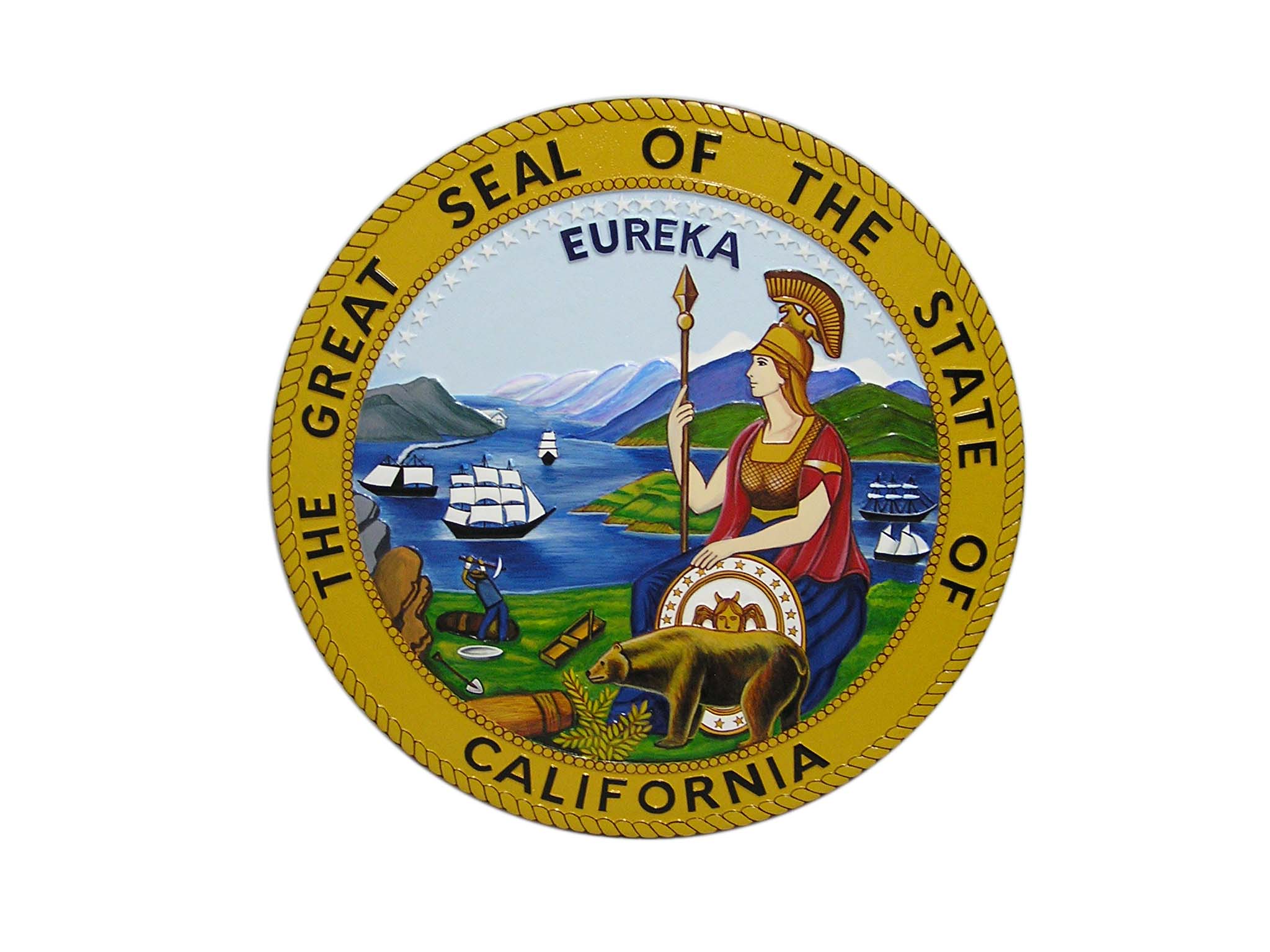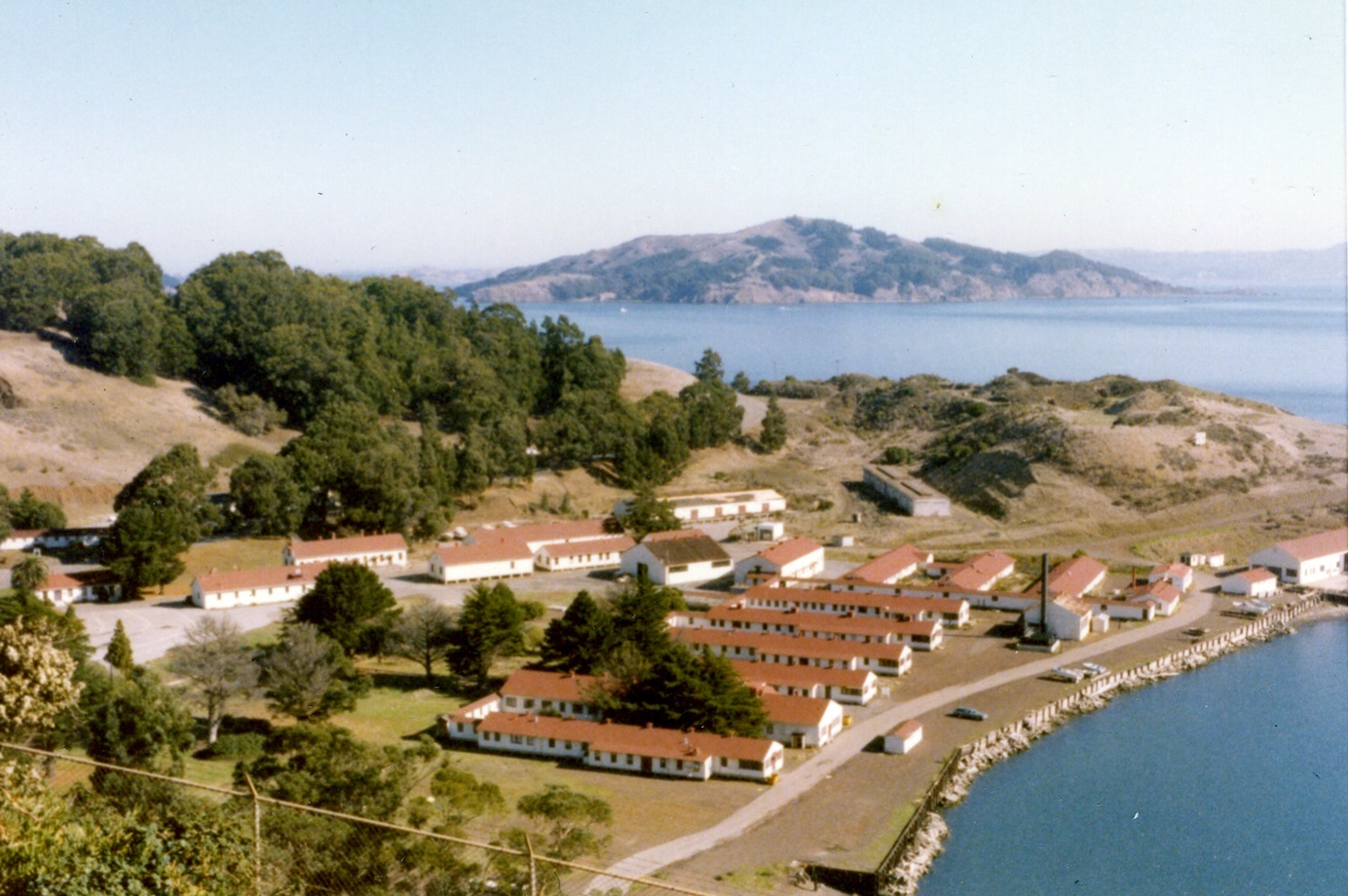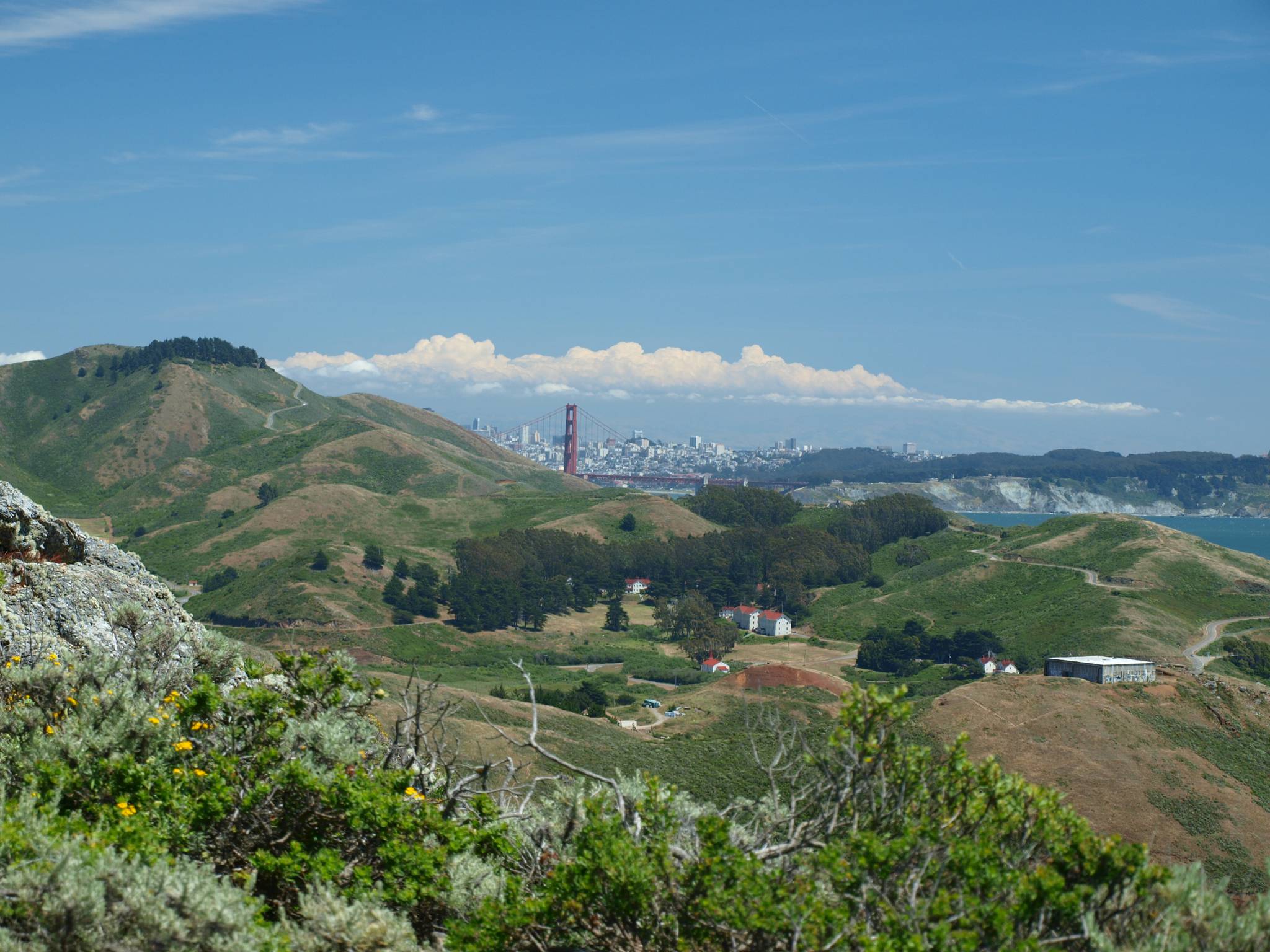Forts Baker, Barry, and Cronkhite
The Cultural Landscape Report for Forts Baker, Barry, and Cronkhite, in the Golden Gate National Recreation Area, is the winner of a 2018 Preservation Design Award. Award recipients are selected by a jury of top professionals in the fields of architecture, engineering, planning, and history, as well as renowned architecture critics and journalists. In making their decision, the jury stated: “This is a model cultural landscape report. Focusing treatment on the Cold War period was a smart move, and the signage was simple and appropriate. This report is a great educational tool. Terrific!”
The Award will be presented on Friday, October 19, 2018 at a gala dinner and awards ceremony at Millennium Biltmore Hotel in Los Angeles. Tickets and sponsorship options are available at californiapreservation.org/awards.
About this project
The National Register-listed district illustrates changes in harbor defense strategy and technology over the course of a century, from the Civil War through the Cold War, on land shaped earlier by European ranchers and native Coast Miwok people. The inconspicuous and almost natural character of the designed military landscape, with its spectacular natural scenery and dramatic views of the Pacific Ocean and San Francisco, made it ideal for public recreation and conservation in the mid-20th century. Since incorporation into the national park system began in the early 1970s, conservation of the historic military character of the landscape has been challenged by the need to manage it for public recreation, education, and natural resource protection.
This project is noteworthy foremost due to the scale and complexity of the landscape, which presented a challenge in terms of adapting it to the National Park Service methods for a Cultural Landscape Report. These issues were addressed by adopting a framework for the report that organized the landscape into smaller components based on the Army’s historic management practices. Using the three reservations as the top-tier structure, the report organized the landscape into systems of defensive works and support facilities, such interconnected batteries, magazines, and fire-control stations, along with support facilities, such as main posts, Quartermaster areas, and motor pools. This framework not only provided a place-based method of analyzing the landscape, but it also helped to reestablish the historic identity of the various military components of the landscape in the park’s management practices. This was part of a larger objective of the project to reestablish historic place identity, including many commemorative names that had been lost to public memory in conversion to a public park.
The project is also noteworthy for providing a holistic, landscape-based approach to land management that addressed both natural and cultural resources, including archaeology.
This Cultural Landscape Report was undertaken to guide the National Park Service and its partners in ongoing efforts to interpret, preserve, and enhance the historic cultural landscape of Forts Baker, Barry, and Cronkite, a National Register-listed district of 2,700 acres on the Marin Headlands across the Golden Gate from San Francisco. The first volume provides a comprehensive landscape history of the three adjacent military reservations from the 1860s through the present, with illustrative plans that depict landscape change during five historic periods. The second volume provides documentation of existing landscape conditions, uses, and issues; an evaluated inventory of the cultural landscape with its many hundreds of landscape features; and treatment recommendations that provide guidance on enhancing the historic identity and character of the landscape where it has been diminished through natural forces and adaptation to public park uses.
Photos courtesy of the National Park Service.
Project Team
Lead Author
John Auwaerter, Historical Landscape Architect
NPS Olmsted Center for Landscape Preservation
State University of New York – College of Environmental Science and Forestry
NPS Olmsted Center Project Director
Bob Page, Director
National Park Service Olmsted Center for Landscape Preservation
NPS Golden Gate Project Directors
Stephen Haller,Historian, and Amy Hoke, Historical Landscape Architect
National Park Service, Golden Gate National Recreation Area
SUNY Project Director
George W. Curry, Distinguished Teaching Professor Emeritus
State University of New York College of Environmental Science and Forestry




















